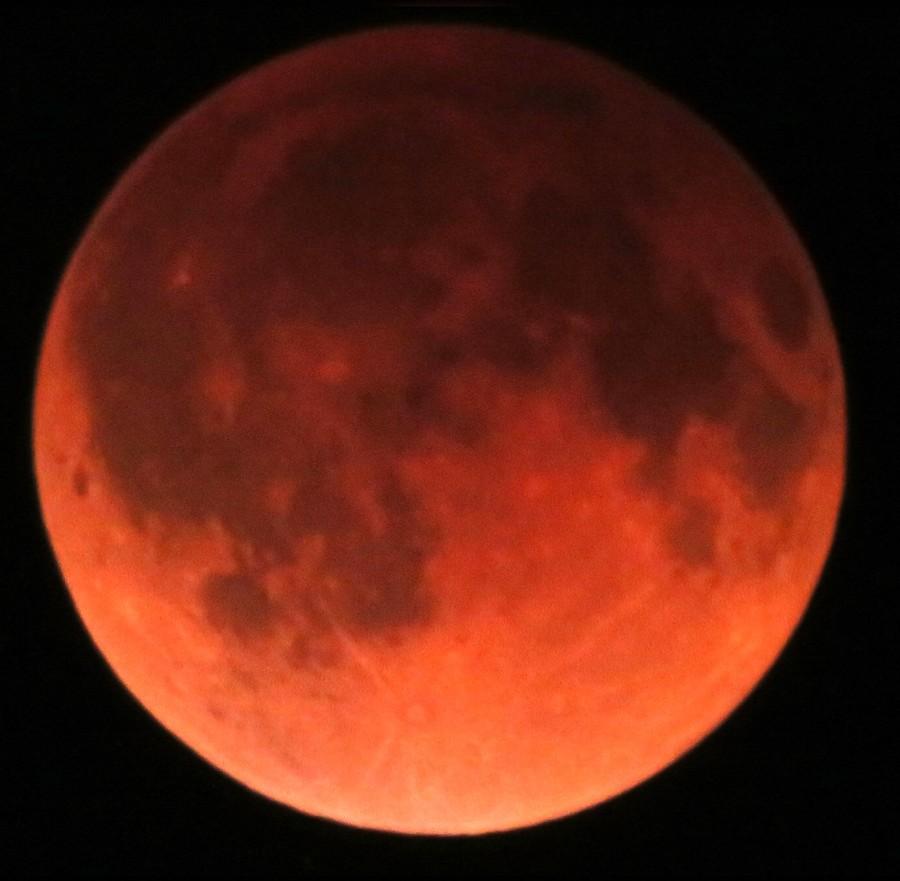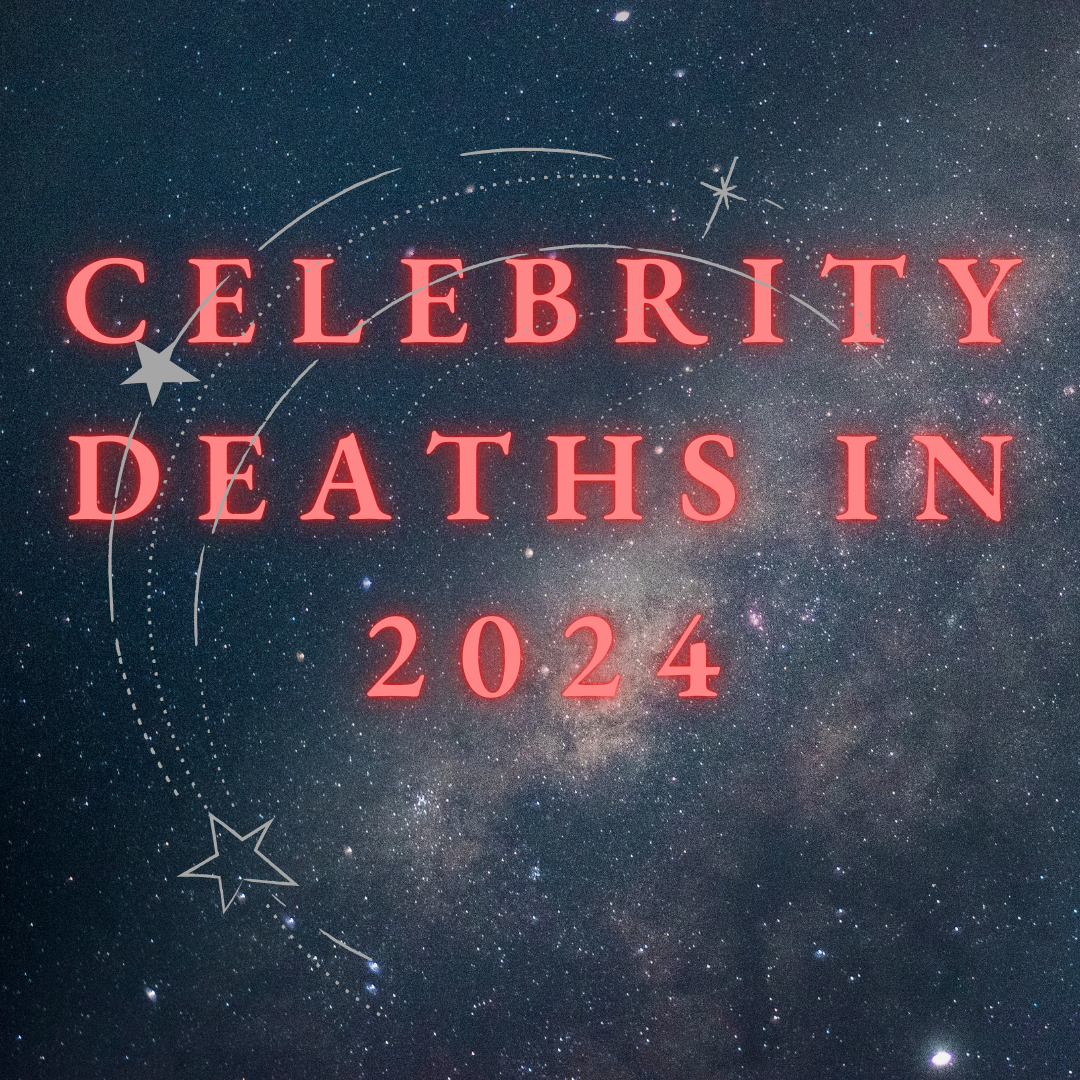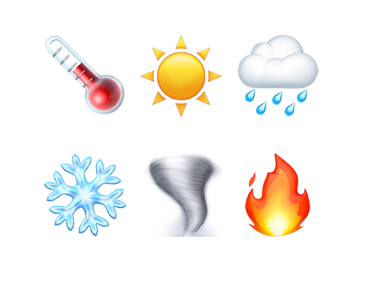A lunar eclipse just recently occurred at 3:00 a.m. on April 15th and lasted about three and a half hours which led to the Moon taking on a ‘blood-red’ hue. Star-gazers all over North America and South America who stayed up late were able to enjoy and be amazed by the anomaly that occurred.
A lunar eclipse, for those who didn’t know, is an event noted by many astronomers that occurs when the Moon moves behind the Earth or into the Earth’s shadow. This can only occur when the Moon, the Earth, and the Sun are completely aligned. Lunar eclipses aren’t that often an occurrence, in a year they are expected to occur zero to three times. Partial lunar eclipses are much more common and will occur at least six to seven times.
This lunar eclipse was the first eclipse to occur and is expected to be followed by three others. This is known as a ‘tetrad.’ The tetrad is said to occur between April 2014 and September 2015, that’s at least a little over a year. The next lunar eclipse in the sequence is predicted to occur on October 8th, 2014. However, this blood-red moon that was seen on Tuesday morning is said to be the only one that people will ever see in their lives.
Julia Paradizova, a freshman at Colonia High School, was able to catch a glimpse at the moon as well as the lunar eclipse. Though she isn’t exactly a top notch astronomer, she has an interest in astronomy. She commented, “It was something new to me, especially considering the fact that I’ve never seen the “blood moon” until it was announced that it’d be visible to the eye at a certain time. To say in the least, I was ecstatic.” She thoroughly enjoyed the experience and was definitely wowed as she told us. The blood-red moon definitely inspired a new star-gazing hobby for Paradizova.
There is another interesting tidbit of information to go along with this lunar eclipse however. The time at which this lunar eclipse occurred was when Mars and Earth were the closest than they had ever been. What’s even more coincidental, if it can be called that, is that Mars is known as the red planet due its complexion. This correlates to the red Moon that thousands saw Tuesday morning.
Amardeep Kaur, another freshman at Colonia High School, also has a high interest in astronomy. She was able to stay up late to watch the moon as well and shared a similar sentiment amongst others who were able to observe the blood red moon in all of its glory. Kaur said, “I was really amazed because of the color, I’d never the moon like that and it made me very curious.” Her curiosity led to further research in which she told us “was very interesting because it peaked my interests.”












